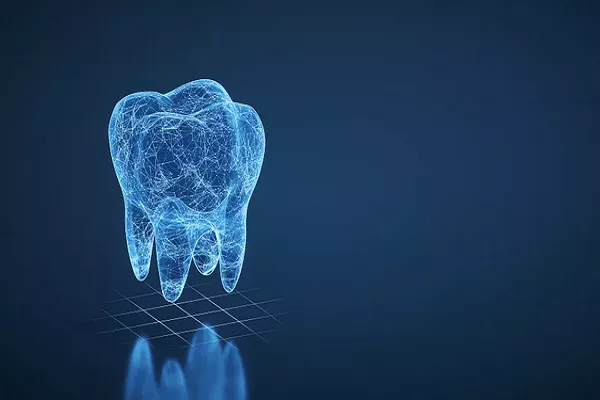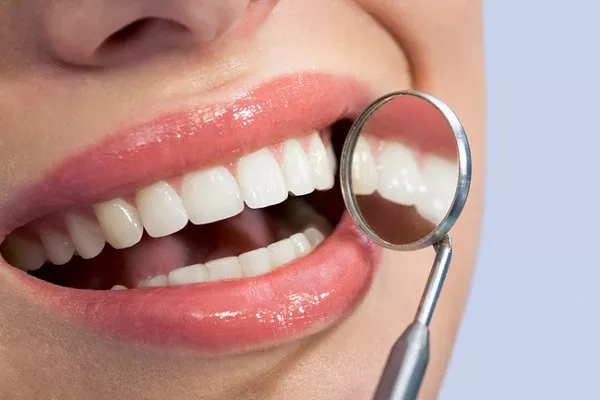Gingivitis is a common oral health issue characterized by inflammation of the gums, typically caused by the buildup of plaque and bacteria along the gumline. While flossing is an integral part of oral hygiene and can contribute to the prevention and management of gingivitis, it is not a standalone cure. In this article, we will explore the role of flossing in gingivitis management, effective oral hygiene practices, the importance of professional dental care, potential complications of untreated gingivitis, home remedies, and tips, as well as guidance on when to seek professional medical treatment.
Definition of Gingivitis
Gingivitis is the inflammation of the gums, primarily caused by the accumulation of plaque—a sticky film of bacteria—along the gumline. When plaque is not adequately removed through regular brushing and flossing, it can irritate the gums, leading to inflammation and swelling. Common symptoms of gingivitis include red, swollen, and tender gums, as well as bleeding during brushing or flossing. If left untreated, gingivitis can progress to more severe forms of gum disease, such as periodontitis, which can result in tooth loss and other complications.
Role of Flossing
Flossing plays a crucial role in preventing gingivitis by removing plaque and food particles from between the teeth and along the gumline. By cleaning these hard-to-reach areas, flossing helps reduce the buildup of bacteria that can contribute to gum inflammation. However, it’s essential to understand that while flossing is an essential component of oral hygiene, it is not a standalone cure for gingivitis.
Effective Oral Hygiene Practices
In addition to flossing, maintaining a comprehensive oral hygiene routine is key to managing and preventing gingivitis. This routine should include:
Effective Brushing: Brushing your teeth at least twice a day with fluoride toothpaste helps remove plaque from the surfaces of your teeth. Use a soft-bristled toothbrush and gentle, circular motions to avoid irritating the gums.
Flossing: Flossing at least once a day removes plaque and food particles from between your teeth and along the gumline, where your toothbrush cannot reach effectively. Be sure to use proper flossing technique to avoid injuring the gums.
Use of Mouthwash: Using an antimicrobial mouthwash can help reduce plaque and gingivitis-causing bacteria in your mouth. Rinse with mouthwash after brushing and flossing for added protection against gum disease.
Professional Dental Care
While good oral hygiene practices are essential for preventing and managing gingivitis, they may not be sufficient for advanced cases. Regular dental check-ups and cleanings are necessary to fully treat gingivitis and prevent its progression to more severe periodontal diseases. During these visits, your dentist can remove hardened plaque (tartar) from your teeth and assess your gum health. They can also provide personalized recommendations for improving your oral hygiene routine and addressing any underlying issues contributing to gingivitis.
Potential Complications
If left untreated, gingivitis can progress to more severe forms of gum disease, such as periodontitis. Periodontitis involves the destruction of the tissues and bone that support the teeth, leading to tooth loss and other complications. Additionally, research has linked gum disease to an increased risk of systemic health problems, including heart disease, stroke, and diabetes. Therefore, it is essential to address gingivitis promptly to prevent further complications.
Home Remedies and Tips
In addition to regular brushing, flossing, and dental visits, there are several home remedies and tips that can help manage gingivitis:
Saltwater Rinse: Rinse your mouth with a warm saltwater solution to help reduce inflammation and promote healing of the gums. Mix a teaspoon of salt in a glass of warm water and swish it around your mouth for about 30 seconds before spitting it out.
Proper Flossing Technique: When flossing, use a piece of dental floss about 18 inches long and gently slide it between your teeth, curving it into a C shape around each tooth. Avoid snapping the floss or forcing it into the gums, as this can cause injury.
Healthy Lifestyle Habits: Maintain a healthy lifestyle by eating a balanced diet, exercising regularly, avoiding tobacco products, and limiting alcohol consumption. These habits can support overall oral health and reduce the risk of gum disease.
When to See a Dentist
If you experience any signs or symptoms of gingivitis, such as red, swollen, or bleeding gums, it’s essential to schedule an appointment with your dentist promptly. Additionally, if you have any concerns about your oral health or notice any changes in your gums or teeth, don’t hesitate to seek professional medical treatment. Your dentist can assess your oral health, provide appropriate treatment, and offer guidance on how to improve your oral hygiene routine to prevent gingivitis and other oral health problems.
Conclusion
While flossing is an essential component of oral hygiene and can contribute to the prevention and management of gingivitis, it is not a standalone cure. A comprehensive approach that includes effective brushing, flossing, mouthwash use, regular dental care, and healthy lifestyle habits is necessary to manage and prevent gingivitis effectively. By prioritizing your oral health and seeking professional dental care when needed, you can maintain healthy gums and a beautiful smile for years to come.
FAQs about Flossing and Gingivitis
1. How long does flossing take to cure gingivitis?
Flossing is an essential part of oral hygiene that can help prevent and manage gingivitis, but its effectiveness in curing gingivitis alone may vary depending on the severity of the condition and individual oral health habits. Consistent flossing, along with proper brushing and regular dental check-ups, can contribute to the reduction and eventual elimination of gingivitis symptoms. However, the time it takes for flossing to noticeably improve gingivitis can vary from person to person.
2. Can you reverse gingivitis by flossing?
Flossing is a crucial component of a comprehensive oral hygiene routine that can aid in the reversal of gingivitis when combined with other measures such as regular brushing, using mouthwash, and professional dental cleanings. By removing plaque and food particles from between the teeth and along the gumline, flossing helps prevent the accumulation of bacteria that contribute to gingivitis. Consistent and thorough flossing can play a significant role in reversing gingivitis and maintaining gum health.
3. Is flossing good for gingivitis?
Yes, flossing is beneficial for gingivitis as it helps remove plaque and debris from areas that a toothbrush cannot reach effectively, such as between the teeth and along the gumline. By eliminating these sources of bacteria, flossing reduces inflammation and the risk of developing gingivitis. Incorporating flossing into your daily oral care routine, along with brushing and regular dental check-ups, can contribute to gum health and prevent gingivitis.
4. Will gingivitis heal with proper brushing and flossing?
Proper brushing and flossing, along with regular dental visits, are essential for managing and preventing gingivitis. While these practices can help reduce inflammation and improve gum health, the extent to which gingivitis will heal depends on various factors, including the severity of the condition, overall oral hygiene habits, and individual health considerations. Consistent adherence to a thorough oral care routine, including brushing, flossing, and professional cleanings, can significantly contribute to the healing and prevention of gingivitis. However, it’s essential to consult with a dental professional for personalized guidance and treatment recommendations tailored to your specific oral health needs.
You Might Be Interested In
































